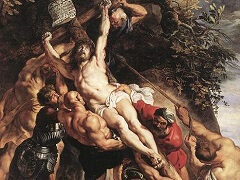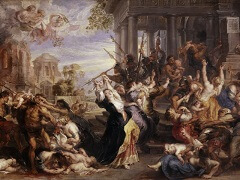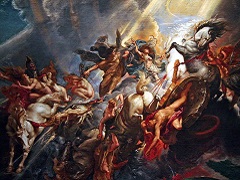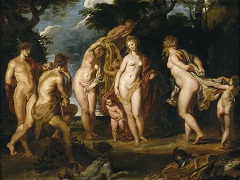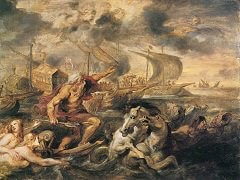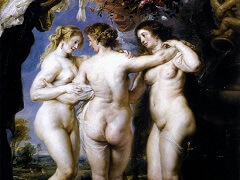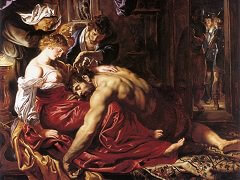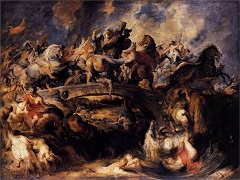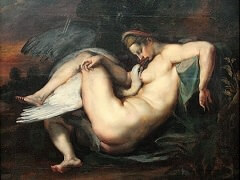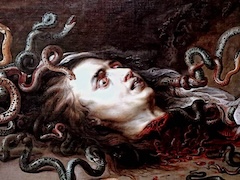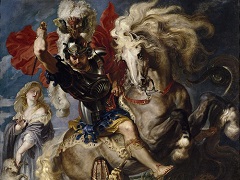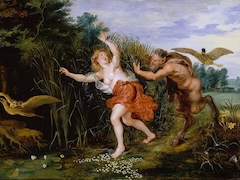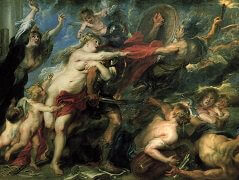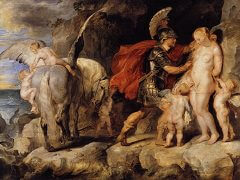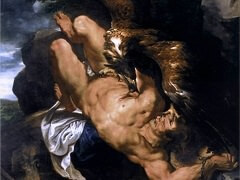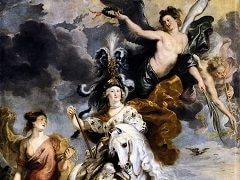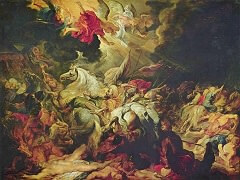The Consequences of War, 1638 by Peter Paul Rubens
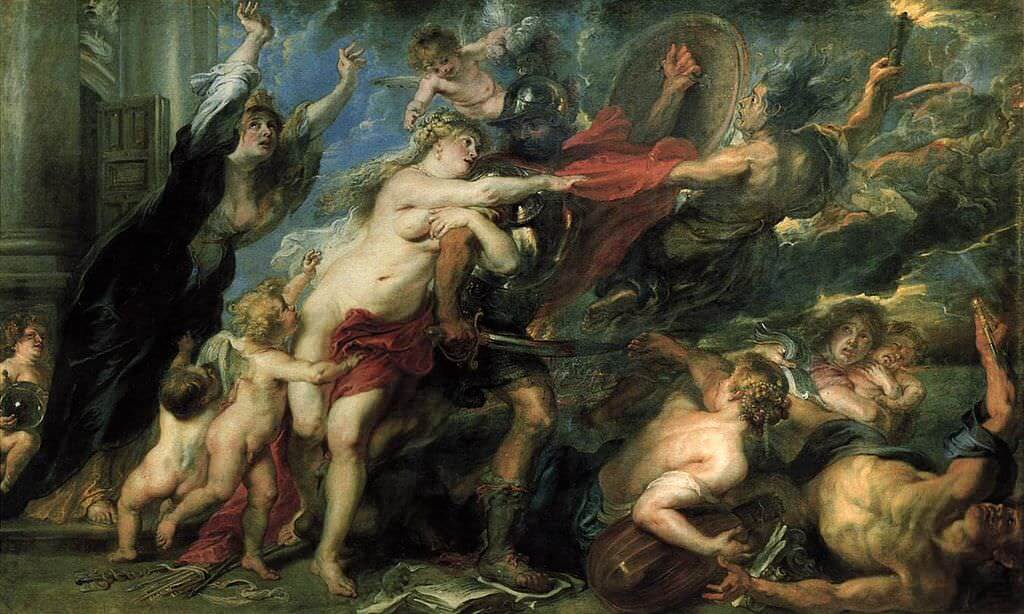
Consequences of War was painted by Rubens between 1638 and 1639 in response to the Thirty Years' War (1618-1648). The conflict's origins are complex and diverse but animosity between Protestants and Catholics played a significant role. In addition, struggles for political power in Europe contributed to and prolonged the war. Nearly all European states fought at some point in the conflict's long time span. The fighting involved Spain, France, Sweden, Denmark, the Netherlands, Austria, Poland, the Ottoman Empire, and the Holy Roman Empire. In particular, the war represented a continuation and extension of Habsburg and Bourbon rivalry as well as French and Habsburg animosity.
As depicted in Consequences of War, the fighting led to the destruction of large areas of Europe as well as outbreaks of both pestilence and famine. Much of the fighting took place in the German states which suffered significant depopulation as a result. The Thirty Years' War ended in 1648 with the treaties of Osnabruck and Munster as well as the Peace of Westphalia.
Rubens' work, including Consequences of War, represents the height of Flemish Baroque painting. His style is referred to as pan-European and synthesizes elements of Italian Renaissance and Baroque artists to form his own artistic approach. The work of Michelangelo, Titian, Carracci, and Caravaggio informed Rubens's paintings in varying degrees.
Viewers note the influence of Michelangelo in Rubens's interest and brilliance in depicting the human form. Consequences of War contains not only Rubens's trademark women but also the well muscled forms of Mars, Alekto, and the architect. These muscular figures are reminiscent of the powerful specimens depicted in Michelangelo's Last Judgement, David, and The Creation of Adam. This trend in Rubens's art is actually best shown in the extraordinarily well built men of Rubens's Raising of the Cross. Furthermore the careful use of color, light, and shadow as opposed to line to show space used by Caravaggio in The Rest on the Flight into Egypt became a key part of Rubens's style. Indeed, Rubens's style became a highly coloristic one.

